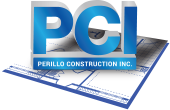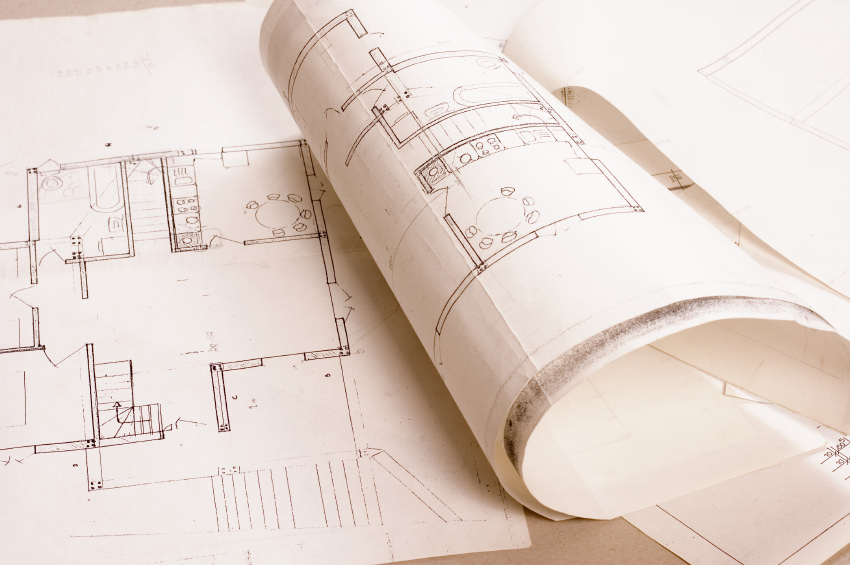There are many important Florida building codes that need to be carefully followed during interior office build outs, otherwise you are bound to run into big issues along the way.
Don’t let the endless rules and regulations get the best of you. PCI will keep your interior office build out project running smoothly and up to code. Allow our superior full-service general contracting services dissolve countless issues that commonly hold back interior office renovations.
There are far too many building codes to go over even close to all of them in one blog, but this brief overview gives you an idea of the sorts of things included in Florida’s building code.
Safety-Related Building Codes
There are numerous building codes pertaining to safety in order to keep workers and the public out of harm’s way. One of these codes [B] 101.2 Storage and Placement states that all equipment must be stored in a secure location so that it does not endanger the public in any way.
Safety related codes also include details such as installing all safety guards throughout a building, such as fire alarms, required exits, etc. There are also rules about the number of fire extinguishers on site during renovations.
Other sections pertaining to safety outline things like how one must work to protect neighboring properties, or how to handle pedestrian traffic during the renovation process. (Reference)
Building Codes Relating To Doors
Even the doors throughout your business are governed by building codes. For one, doors must swing out the proper way into ‘turning spaces’. There also must be an appropriate amount of exit doors installed in all central locations. This helps ensure everyone is able to get out of the building in the instance of an emergency. (Reference)
Building Codes Regarding Historical Properties
There are many codes regarding the preservation of historic buildings that are not in place for newer properties. Section 1201.1 Intent and Purpose states that no matter how you use a historic building you may not alter anything that makes the building historically or architecturally significant. The ‘character’ of a historic building shall not be altered in any way, and that includes important elements on the exterior and interior. (Reference)
Building Codes Regarding Built-In Elements
Built-in cabinets, walls, desks, counters and so forth have their own chapter of regulations. For instance, all dinning surfaces and work surfaces are grouped together and must comply with sections 902.2 and 902.3. Yet, surfaces used by children must comply with section 902.4.
All commercial grade built-in furniture needs to be safe for the public. For instance, all benches that could be exposed to water need to be properly coated so that they are slip resistant.
Check writing surfaces, as well as sales and service counters have required heights that need to be addressed during installation. Even self-service shelves and dispensing devices for tableware are governed under special codes. (Reference)
Building Codes For Expansions
There are limits when it comes to expanding a building. First you need to know what the original building plans are approved for. In order to expand past these limits you must get proper permitting.
This includes if you build up, adding another level to a preexisting building. This is constituted as ‘additional gravity loads,’ and must comply with Florida building codes. The only exception is if the weight load is not increased by more than 5%, or if the building is used for residential occupants with no more than 5 units in the building. (Reference)
Retrofitting Rules & Regulations
Retrofitting projects have their own section within Florida Building Code detailing everything regarding partial structural retrofits with the goal of increasing “resistance of gable end walls to out-of-plane wind loads.” These regulations are unique from new construction, yet they remain equally specific. For instance, a building inspector will need to check off that every stud with vertical webs is located the correct number of inches apart from one another. (Reference)
Accessibility Regulations
Commercial and public buildings need to be accessible to all regardless of mobility. This is why you must install wheelchair ramps, elevators, etc.
Flooring Regulations
Commercial flooring must match up to code. The most fundamental rule regarding commercial grade flooring is that it must be slip-resistant, stable and firm.
Section 302.2 Carpet details the specific regulations regarding carpeting. According to one code in particular, it must be properly secured on all free edges and provide a supportive and level surface for people to walk on.
How Do You Keep Up With Every Code?
There are so many Florida building codes it can get a bit tiresome trying to keep track of every last detail. That’s why hiring an experienced general contractor is key to maintaining complete control of your project from start till finish.
At PCI we know every code in the book like the back of our hand. We work with all team members involved in your interior office build out to make sure everything is completed on time, within budget and up to code.

